How to Train for Strength
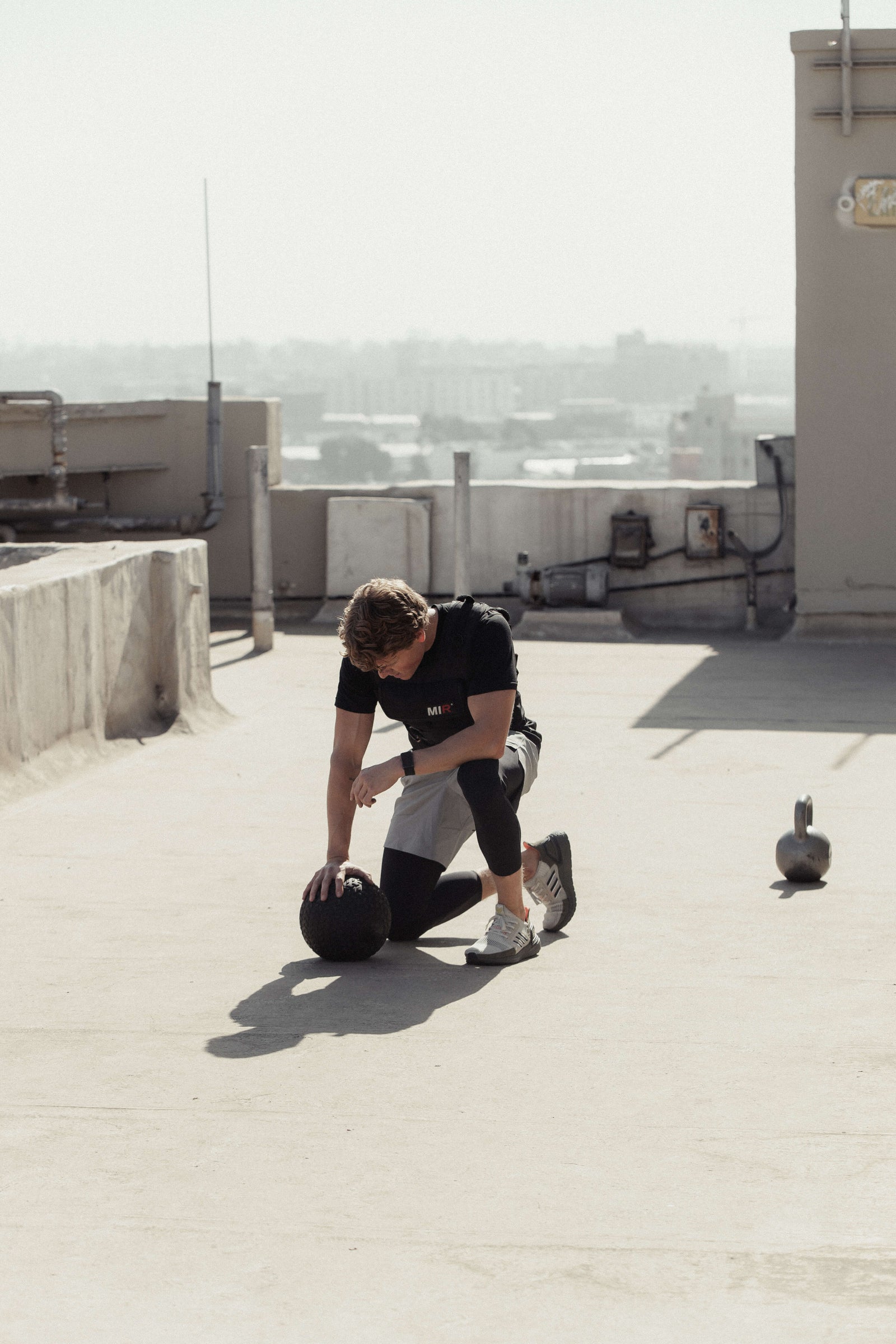
Most people begin their weightlifting career looking to get strong. But after a few months in the gym, the time comes to dig a little deeper and hone in on what it means to get “strong.”
Strength is defined as a muscle’s ability to exert force. It’s usually measured by a one-rep max (1RM) where an athlete fully moves a heavy load without injury.
Strength is the basis for the sport of powerlifting and is essential for Olympic weightlifting and other sports. Without strong legs, a runner couldn’t propel themselves across the finish line or climb a steep hill. Strength is important for more than just elite athletes, muscular strength is vital for older adults who want to continue to live independently and protect their bone and joint health.
Newbie Gains
After a few months in the gym, most people can see noticeable changes in their physique and energy levels. These “newbie gains” are a gym-goer's dream but progress stalls as the body adapts to a new training routine. This progress plateau is a signal that it’s time to start a new plan or work with a coach instead of throwing in the towel.
You’ve probably seen someone doing the same exercises at the same weight for months on end. Chances are they’re making little to no progress other than continuing to be active.
At the other end, you might have heard of the term “muscle confusion.” This training style is little more than click bait. The concept is that you need frequently changing exercises and rarely doing the same thing twice will encourage muscle adaptation. If you follow this style of training you’ll most likely be sore (which isn’t a reliable indicator of a good workout) but it’s unlikely that you’ll be making progress.
How to Test Strength
Aside from 1RM tests used in the sport of powerlifting, there are other ways to test your strength. 1RM testing is impressive but also requires a high degree of athleticism and, to be done safely, spotters.
Instead of going all out for one max effort squat, try a reps to failure (RTF) test. Similar to a 1RM test an RTF test will allow you to track your progress and gauge your strength but with less risk for injury. A RTF test requires you to work at a constant pace until your form breaks down. It’s best to have a coach or training partner keep you in check and ensure you’re not “cheating” by using momentum or other compensatory motions on your last few reps.
Once you’ve calculated your RTF, it’s easy to use an online 1RM calculator to inform your new training program. Knowing your estimated 1RM is key to programming for strength.
Smart Programming
The body is quick to adapt to new training stresses and without adequate challenges, muscles won’t continue to grow. The most common way to continually challenge muscles is to increase weight. Progressive overload can also be achieved by adding a half rep to each rep (1.5 squats), decreasing rest, or changing the training tempo. As with any training program, increases in training intensity must be paired with adequate sleep and nutrition.
Studies show that working around 85% of your 1RM for 5-6 reps is optimal for building strength. Recent research suggests that training 2-3 times per week at 70-85% 1RM can be highly effective in strength gains.
Unlike with hypertrophy training, strength-focused training tends to focus on multi joint movements like barbell rows and deadlifts instead of isolation exercises like leg extensions or pectoral flys. Strength is essential for sport performance and general health in both elite athletes and the general population.











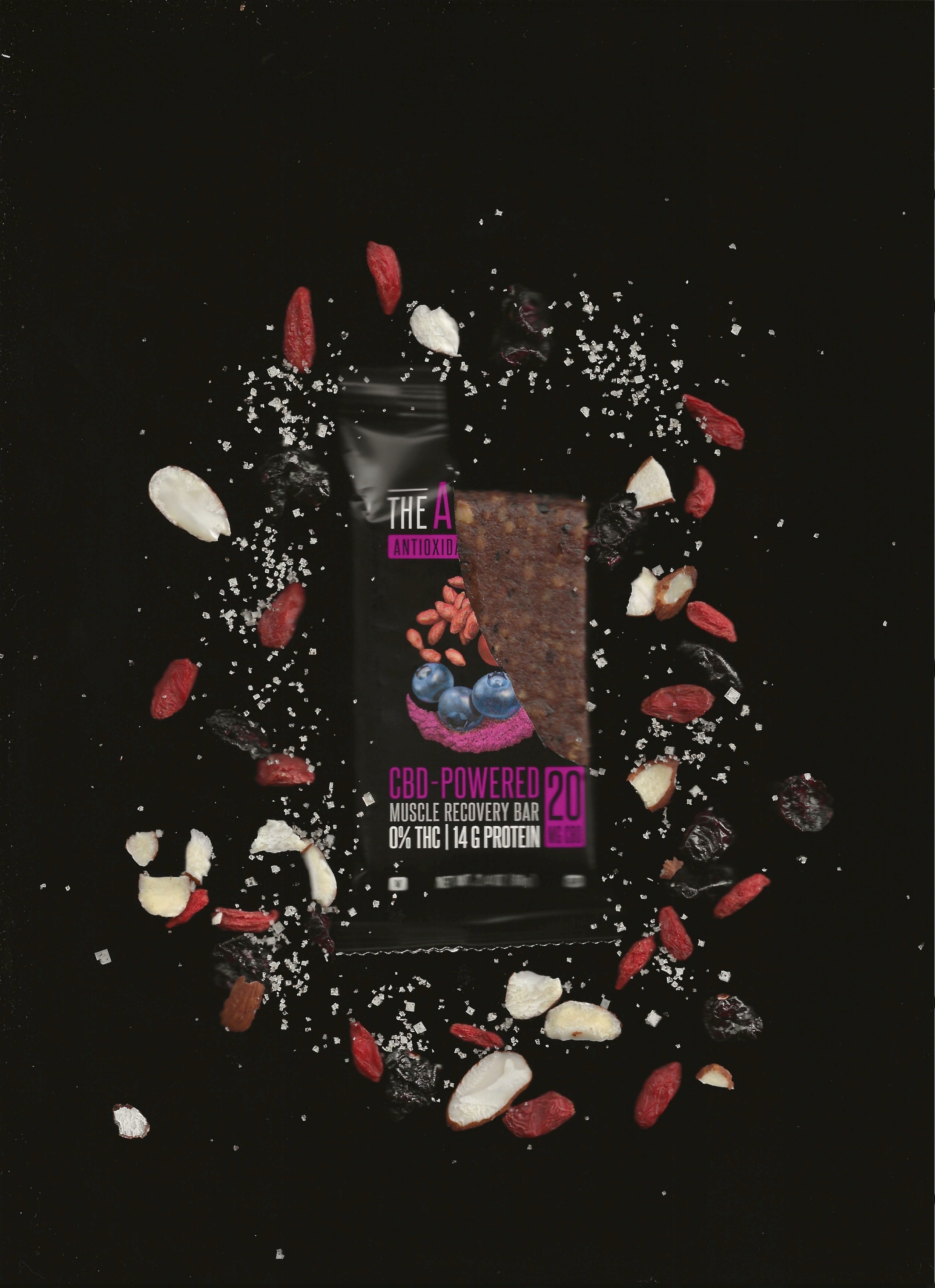


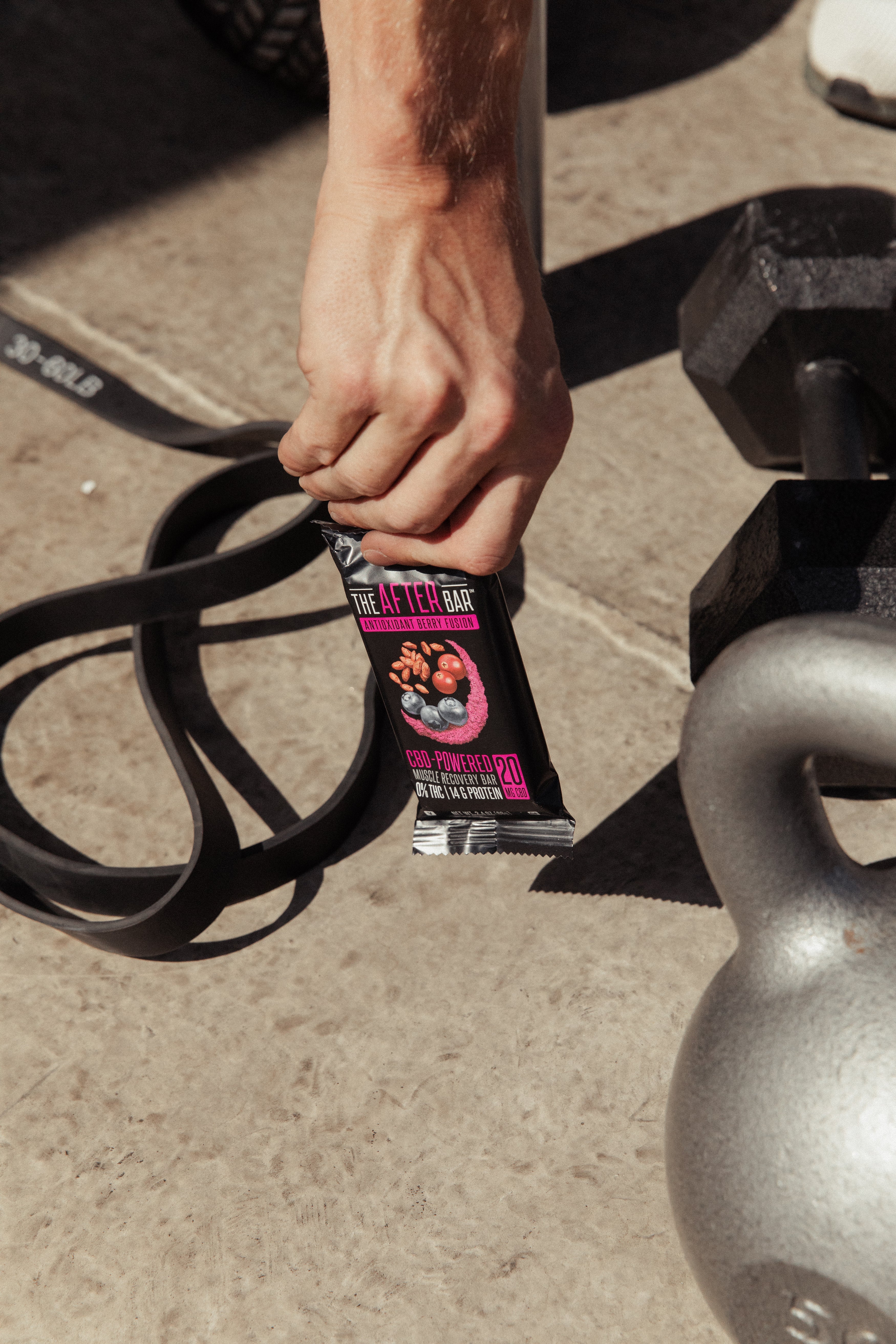

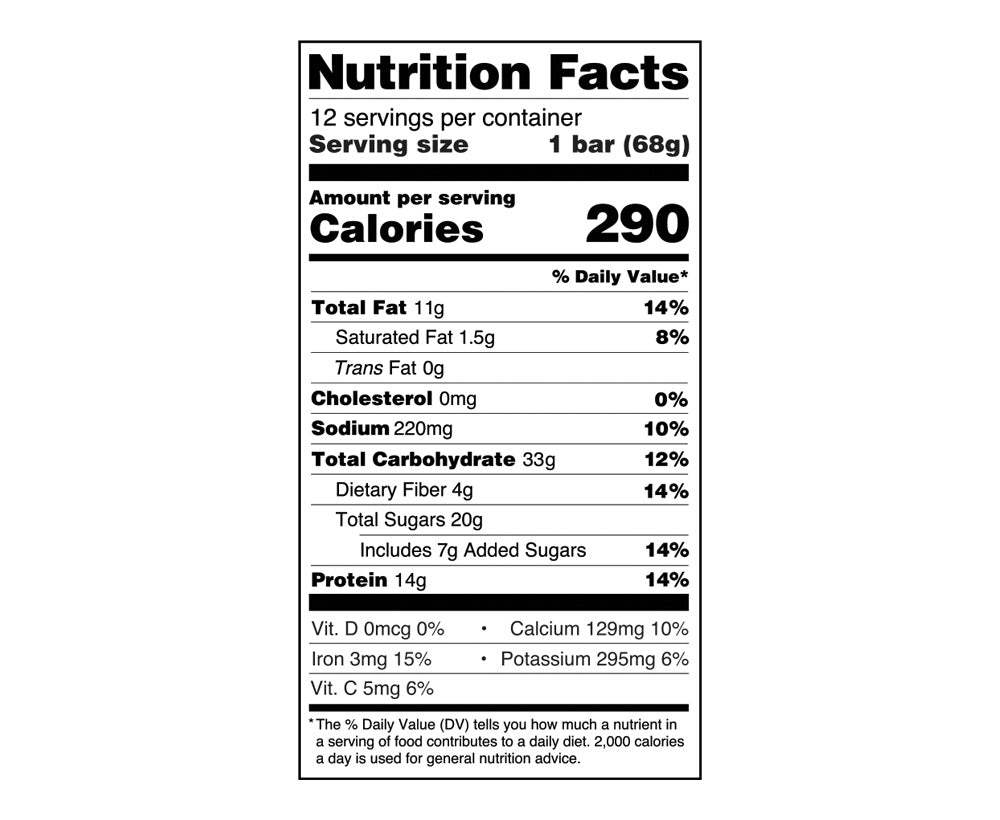


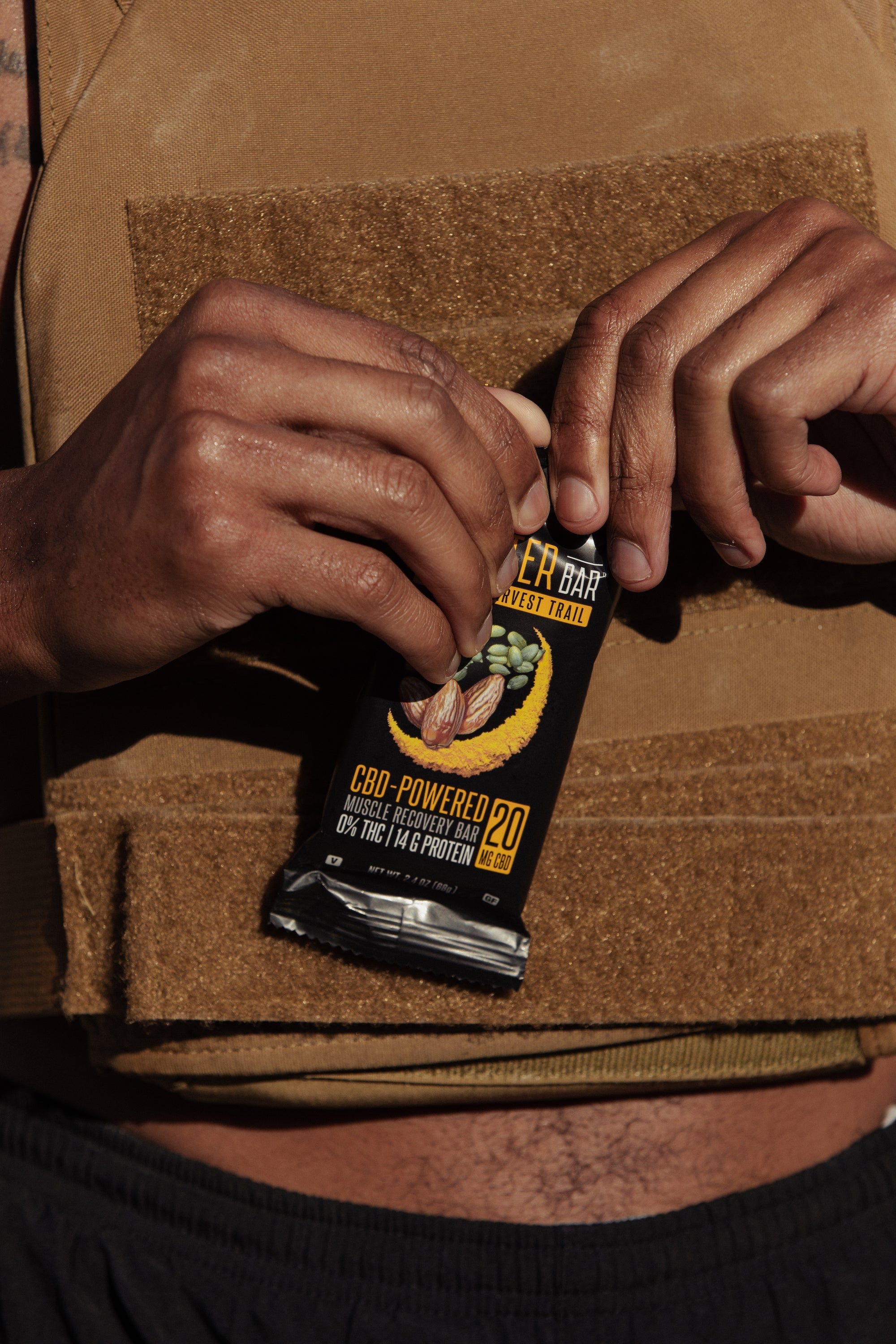

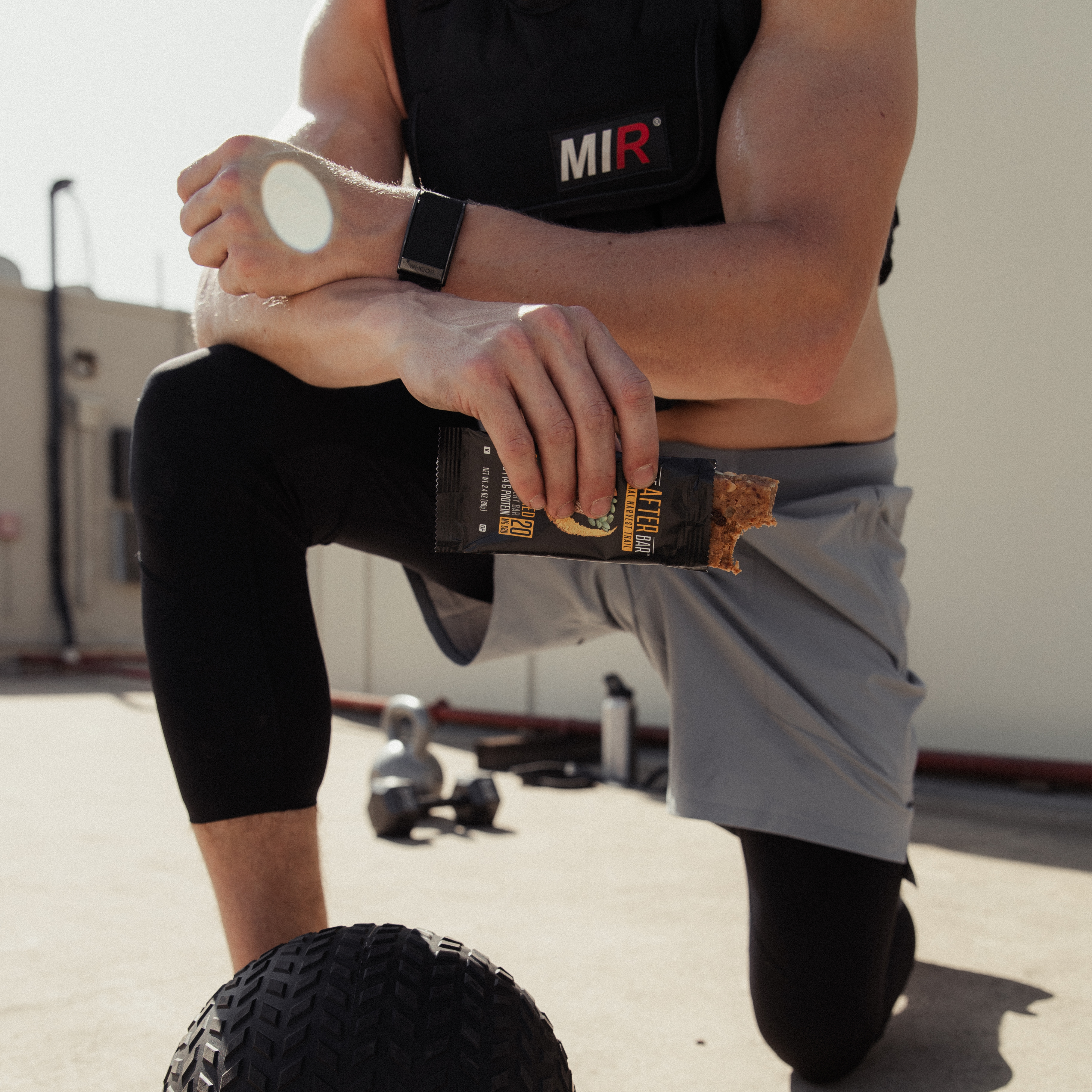
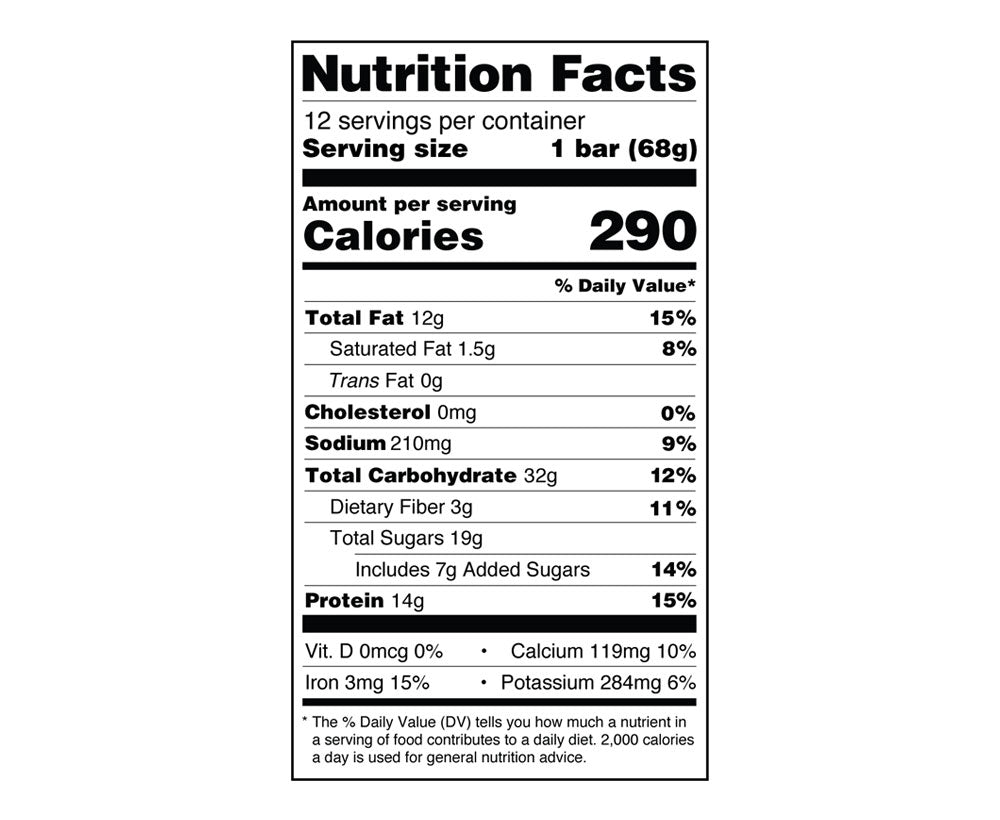
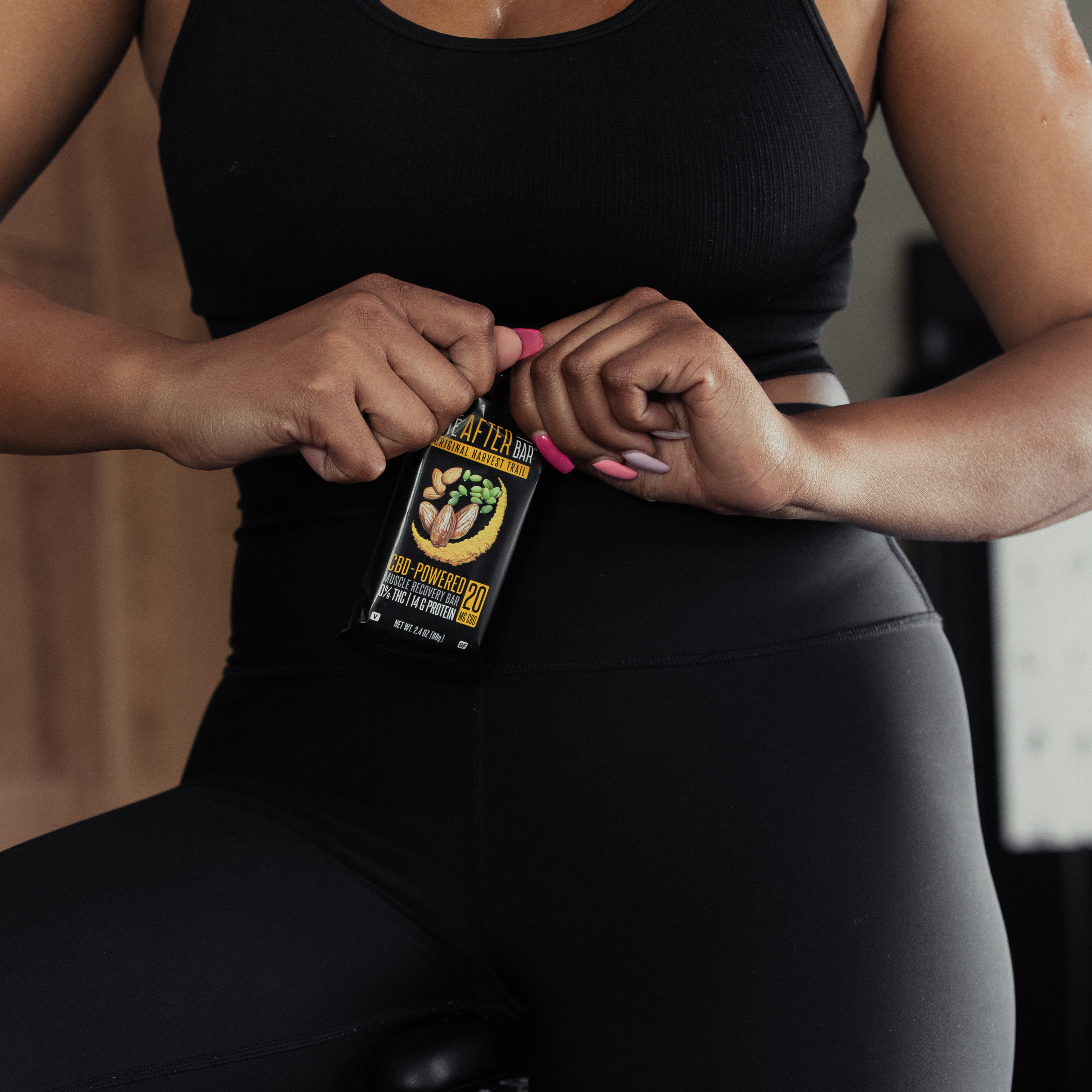

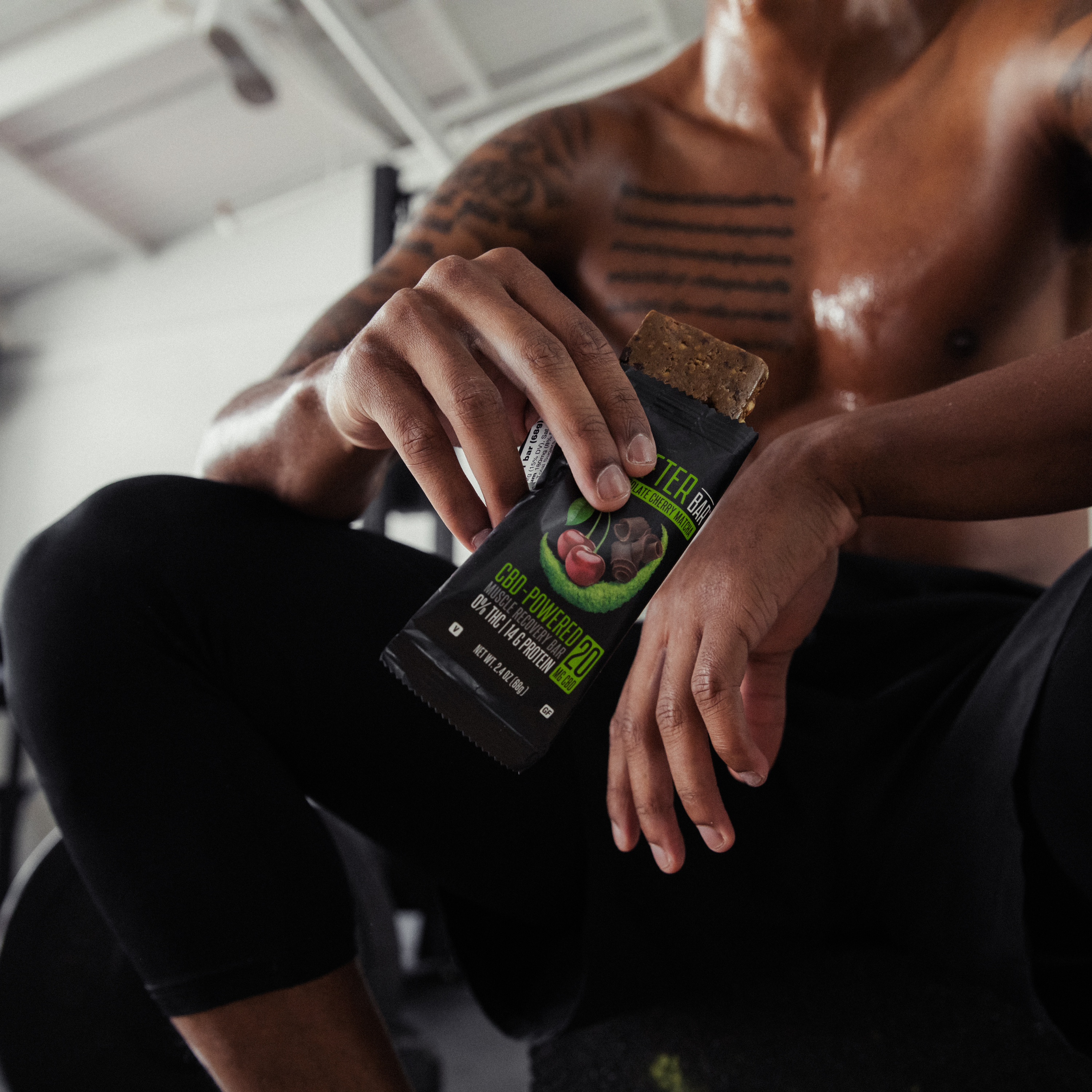


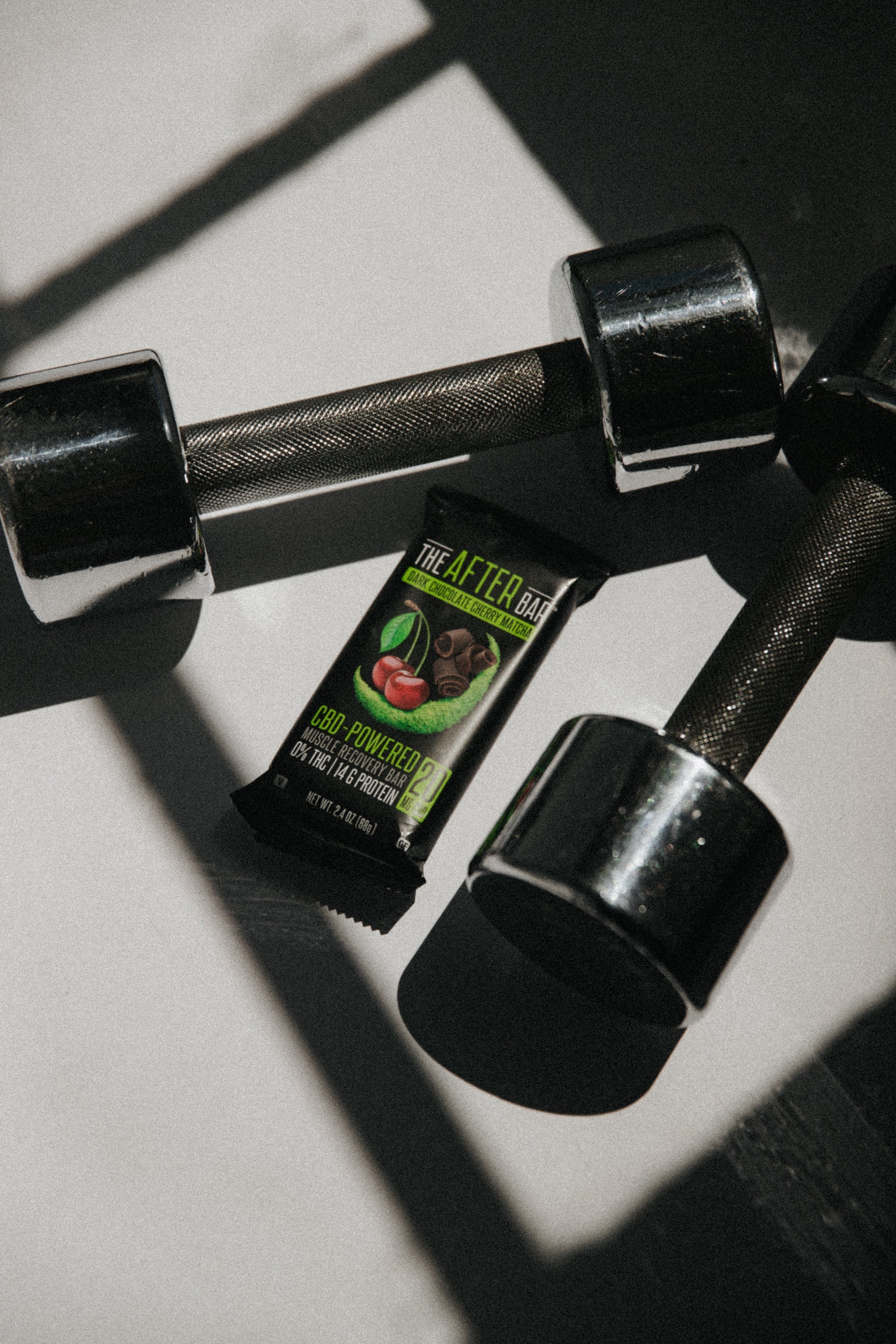
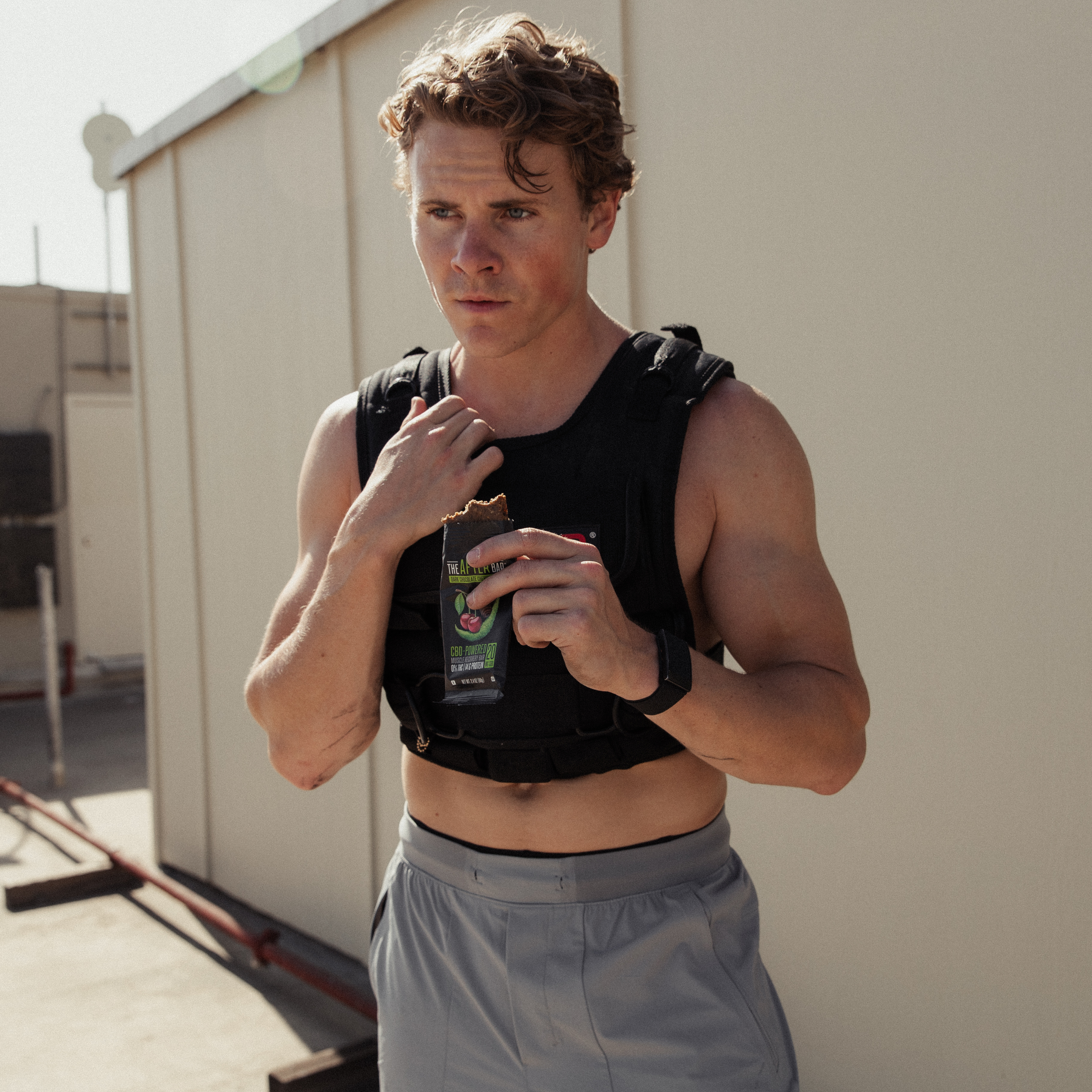
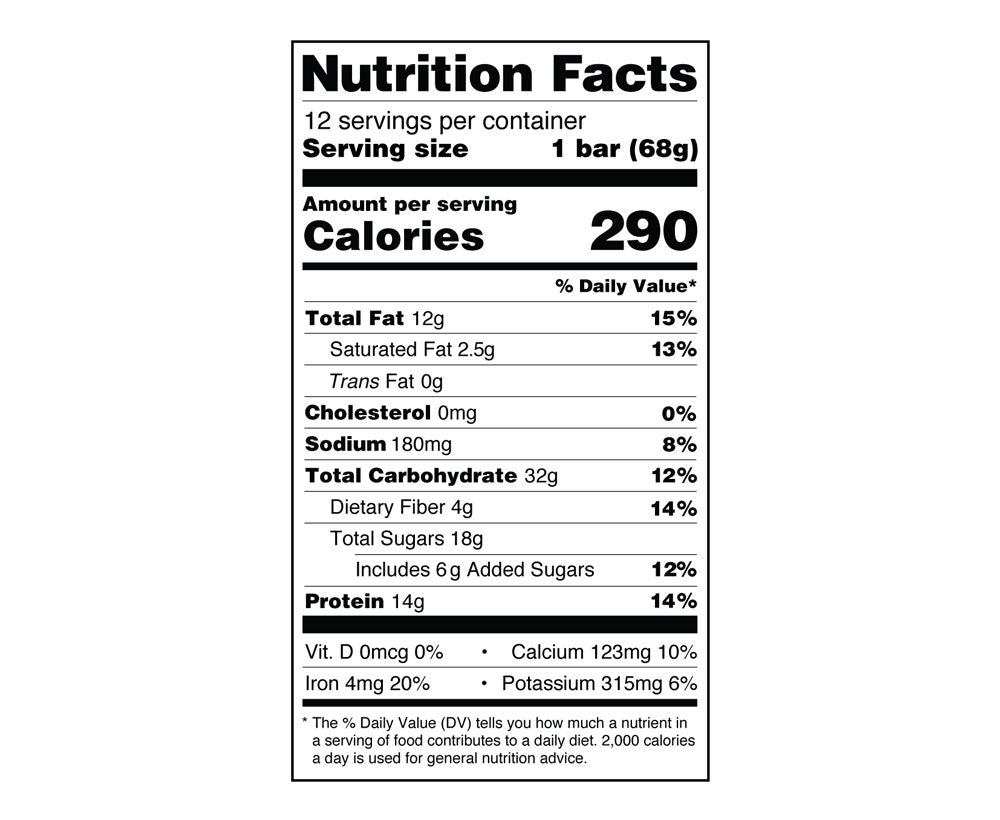
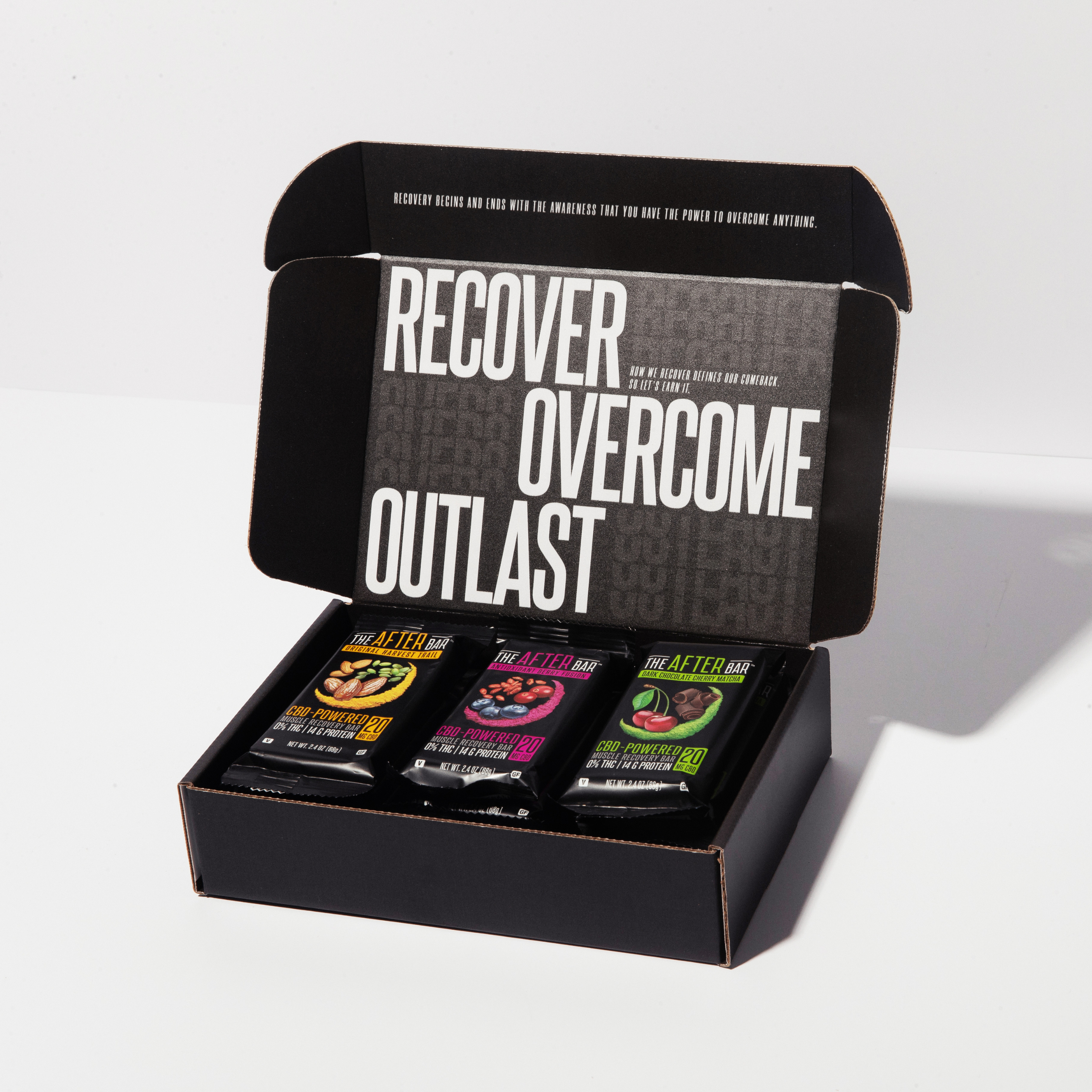



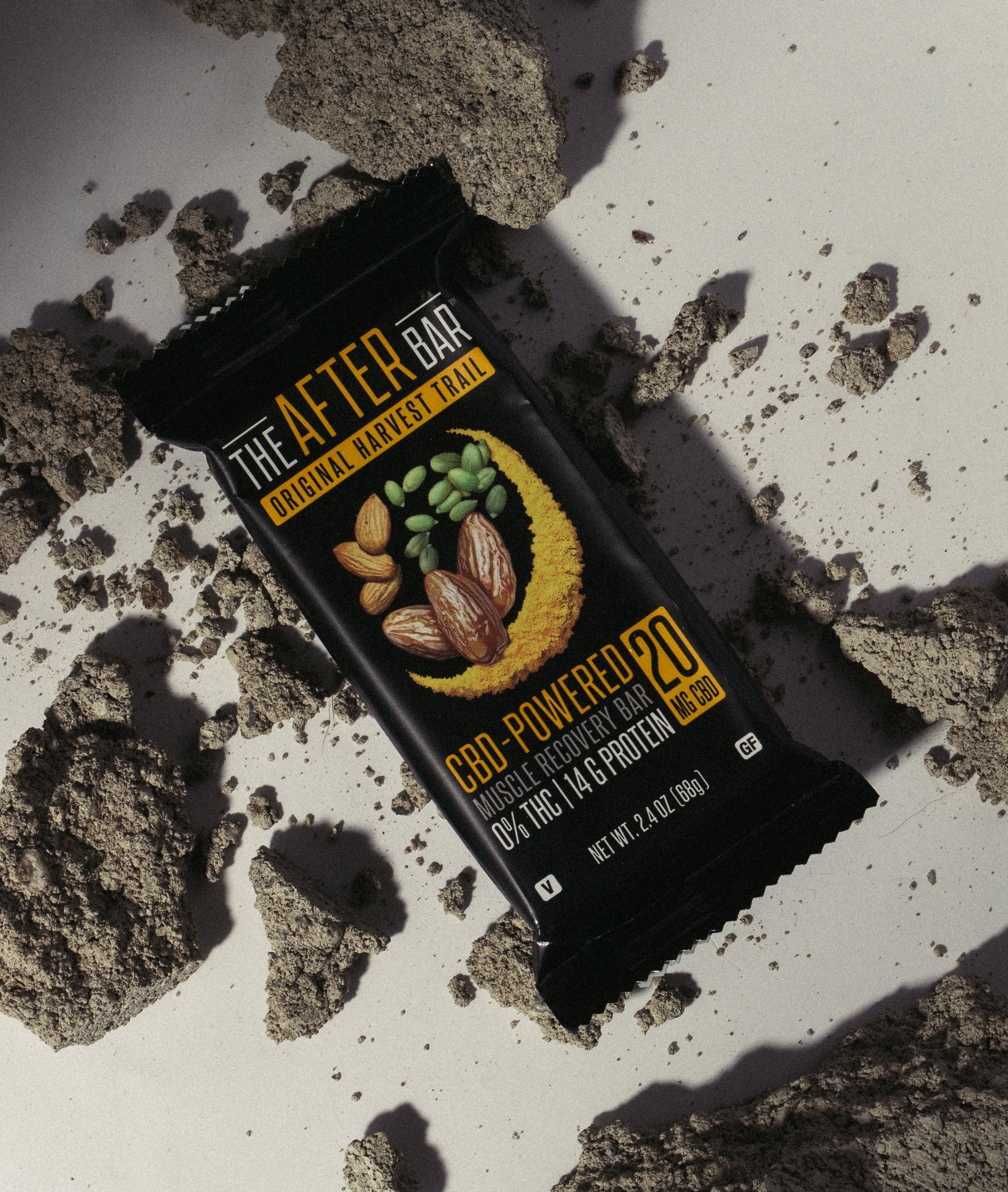
Leave a comment